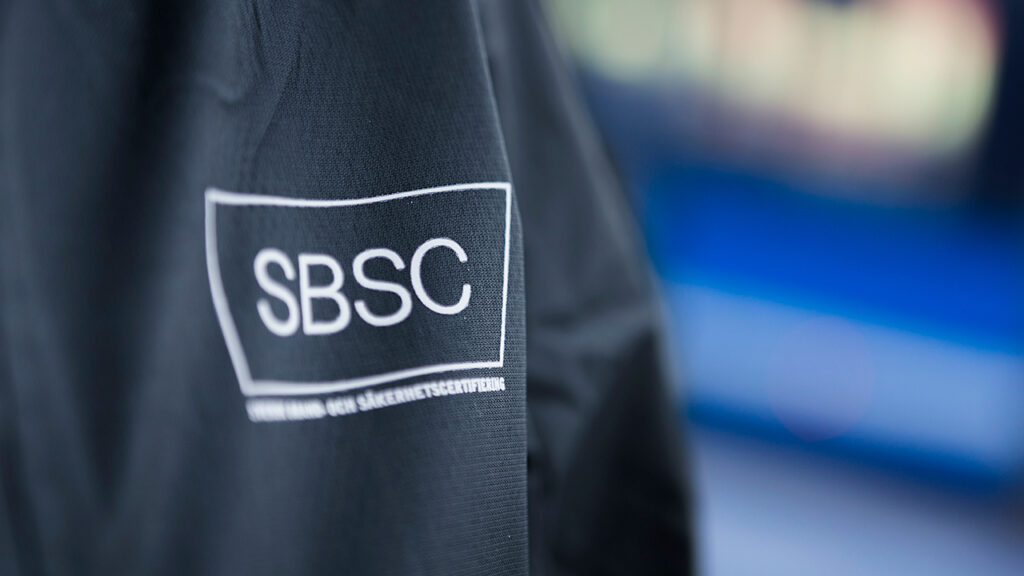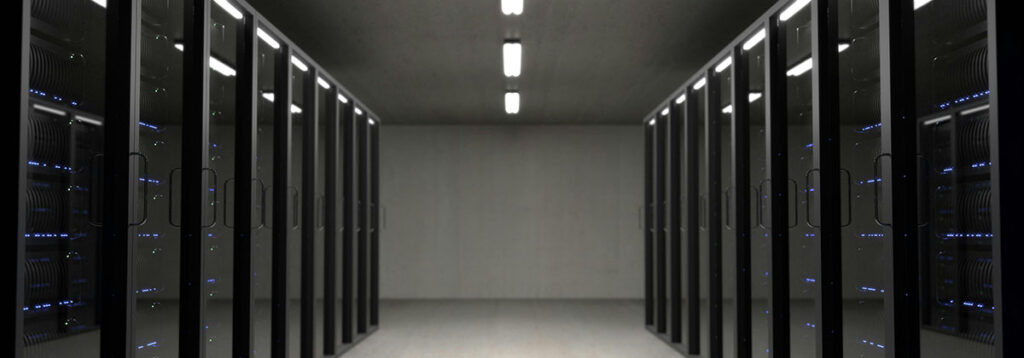“For us, it goes without saying that we will appear at the fair to be able to meet new and existing customers, as well as to pick up on trends and see what is going on in the industry,” explains Fredrik Backman, certification engineer at SBSC and one of the staff who participated at the fair.
Three areas trending at this year’s fair are strongly linked to IT and the fact that the technology within IT continues to break ground within the industry. Technological advances and IoT (Internet of Things) are powerful driving forces for new products and ideas.
The most important takeaways from Security Essen:
Cyber security
Growth in the Internet of Things and systems, together with ever-growing volumes of data that must be processed, make cyber security a “No. 1” topic. The danger from hackers in industry, public authorities and the private sphere is on the rise and cyber hacking is now a billion-dollar business with institutional hierarchies and crews organized like companies with enormous financial resources.
The attackers use advanced tools such as AI, machine learning and automation, with the result that all networked products in the security and fire safety sectors are now at risk unless they are adequately protected. Cyber criminals are also targeting digital communications. Consequently, there is an urgent demand for solutions that address these risks in terms of hardware and software. Cyber security plays a central role in all security products with the consequence that manufacturers rely on their systems being protected.
Artificial intelligence
Cameras, sensors and IoT devices of all kinds are generating ever larger data volumes that must be analysed and evaluated as rapidly as possible with the aim of reducing false alarms, optimizing response times and greatly improving the level of security. Processing and evaluating large quantities of data – especially with video surveillance systems – is now carried out by analysis tools that are built into the cameras themselves (edge computing) or are part of video management solutions.
Many manufacturers of video camera systems and applications rely on artificial intelligence (AI) and ‘deep learning’ methods that are needed to analyse their large data volumes, something that humans in control centres can no longer do.
Drones – opportunities and risks
Drones are becoming increasingly powerful and efficient, and can perform a number of tasks ranging from delivery services to surveillance. In the business sector, they support security services with a wide variety of tasks: in case of fires, for example, they use different types of cameras to generate images of environments which might be hazardous for humans.
Furthermore, with the appropriate sensors, they can identify toxic hazards. Police forces use them to record and preserve evidence of accidents while big businesses are planning to use drones for services such as parcel delivery. Yet, drones can also pose a threat when used for espionage, for transporting illegal goods or for penetrating secure zones such as, for example, around airports.


